Blooming ornamentals can add so much to your rural property, no matter what the size. With some careful thought and planning, they can transform a drab surrounding into a magnificent landscape. While now is a perfect time to start planning, it’s never too late to start on the path to a breathtaking adventure with such enjoyable plants.
what types of ornamentals to plant?
One way to enhance your selection of flowering plants is to include some that are fragrant. Another is to provide a range of colors that create a pleasing palate for the eye.
Selections of native plants that attract butterflies and hummingbirds will add to the visual diversity of your flower garden while helping the environment.
You are only limited by your imagination.
Your local nursery can provide expert advice and offer a selection of plants that will prosper in your growing zone. If you are in doubt, you can usually find plant guides online, or from one of the agricultural colleges which will tell you the growing zone for the locale where you reside.
Most plants will have a plastic insert in the container that lists requirements for shade/sunlight, planting depth, preferred soil types, drought tolerance and other pertinent information. If the information is not clear or unavailable, you can ask the person at the nursery.
Annuals or perennials? Both!
Annuals only last one season and do not rebound after a dormant season. Perennials, on the other hand, can last for several or many seasons, depending on the variety.
Perennials give you the most bang for your buck and reduce yearly planting, but many people like a mix of annuals and perennials for variety and the joy of yearly planting.
Plants are available at “big-box” stores, but you will not find as much information available on their nuances and care, as the personnel may not be versed in the growth requirements for the various plants.
Nurseries are sometimes a little more expensive, but the personnel can provide valuable information about the care of the different types of plants. They also typically have healthier plants better suited to your native environment, especially if they cultivate their own plants.
Landscaping ideas for ornamentals
Firstly, you will need to consider how you plan to display your plants. Do you plan to use them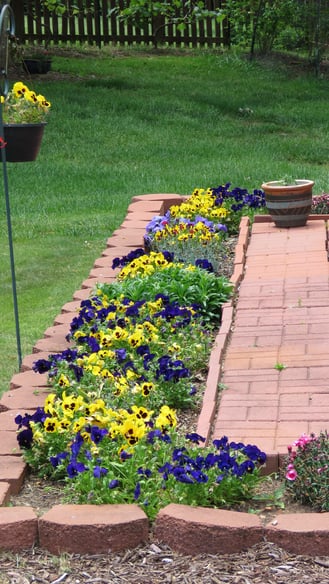 as a border, display individually, or plant in a garden setting?
as a border, display individually, or plant in a garden setting?
If you plan to use them for a border (pansy border pictured right), you should select plants that will be of the desired height. Selecting the incorrect plant may result in an unsightly appearance. Also, select a uniform spacing that displays the plants for the best result. Consider color, height, fullness and overall appearance to achieve the desired effect.
Thrift, Candy Tuft, Hostas, Nasturiums, Moss Phlox and Laguna Lobelia are all good border plants. Blue Lobelia is one of my favorites and some varieties make great candidates for hanging baskets. Another choice for borders would include liriope (monkey grass). It is very durable and can be separated in subsequent seasons for expanded use.
If you plan to have a flower garden, consider the angle from which it will most likely be viewed.
Plant the taller plants in the back, and the shorter ones progressively toward the front. This will allow all of the plants to display to the best advantage. Otherwise, some will be hidden and not add to the beauty of the garden.
Also, consider the peak time for each species and plan to have some plants that will be blooming at different intervals, so that there will be interest and color throughout the growing season.
We have larger varieties of dahlias and foxglove in the back row in our butterfly garden (elephant ears are also wonderful displayed in back corners). Coneflowers, salvia, Shasta daisies and other medium sized plants are in the center. Thrift and candy tuft are planted on the front row.
Some flowering plants do well in containers and make attractive additions that enhance entryways.
Geraniums are examples of plants that add color and nice green foliage in containers, plus they deter mosquitos. Begonias also do well in containers, but are less hardy in direct sunlight.
Flowering Shrubs and Larger Plants
Individual shrubs and larger annuals or perennials may be used individually as accent plants around the yard or combined to plant along a fence or property line to define boundaries.
Lilacs are a wonderful plant for such use. Not only are they beautiful, but they have a heavenly scent that wafts on the spring or summer breeze to attract the viewer’s attention. After blooming in the spring, the tips of the plants may be trimmed back and another crop of blooms will occur later in the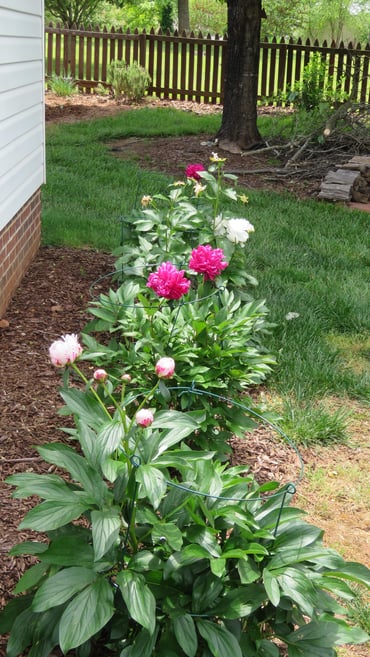 summer.
summer.
Another beautiful and fragrant choice is peonies (pictured right).
They come in a variety of colors and are gorgeous plants. They reach heights up to three feet, so they are good along a fence or beside a utility building. Don’t be alarmed to see ants climbing on the buds and open flowers. They have a symbiotic relationship, and are beneficial to the blooming of the plants.
Hydrangeas are beautiful plants, but require a spacious area. After a few years, they attain heights up to five feet and an equal circumference. They are great accent plants in spaces large enough to showcase them. They are available with blue or pink blooms and the color can be affected by the pH of the soil. They require filtered sunlight, so they’re great for wooded or partially wooded areas. If they are in direct sunlight, they can wilt from the exposure.
Hibiscus is a variety that is eye-catching and is a good container candidate. The huge blooms are great accents and can make a patio come to life. They are available in several sizes and colors and are a great choice for southern landscapes.
Foxglove is an attractive plant, but grows to a height of approximately five feet. They are beautiful, but require an area where they will not become a distraction. Be aware that foxglove can be poisonous, and should not be ingested, but most of us don’t eat the blooms. It is a fact, however, that some blooms of plants are edible, such as pansies, violets, dandelions and squash. Edible herbs like holy basil, rosemary, and lavender are also lovely accents to a flower garden. If you are so inclined, take proper precaution to know which plants are safe.
Planting Techniques for Healthier and Heartier Ornamentals
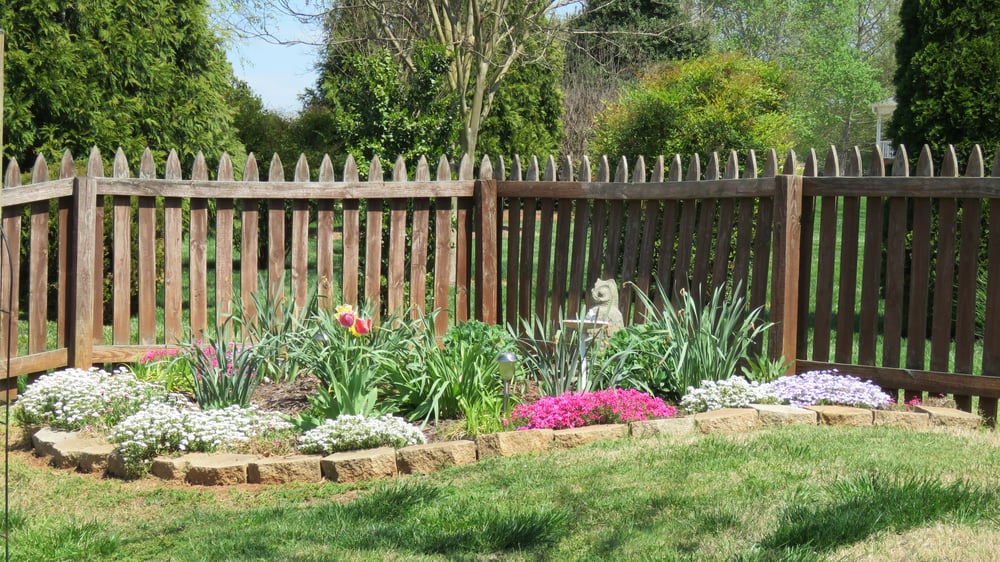
When planting any flowering ornamental, it is wise to dig a hole that is twice as big as you think it might require. This will assure that the soil is loose and will allow the roots to easily become established.
I always add a couple of handfuls of potting soil that is supplemented with slow release fertilizer. This gets the plant off to a good start and will feed it for approximately 90 days. Composting and mulching can be valuable too and cut down on watering needs.
Watering is essential when planting tender ornamentals. As soon as they are in the soil, water them thoroughly. Even if the soil appears damp, water at least daily or more if it is hot and dry. Once the plant is established, watering can be as needed to keep it fresh and hardy.
Tools Required for Planting and Maintenance

Basic tools required might include a shovel, trowel, wheelbarrow and possibly post hole diggers for planting larger shrubs. Gloves might be needed if you are not accustomed to working with your hands, or for ladies and gentlemen who desire to maintain the appearance of their nails.
Plants may be watered with a hose, or with a watering pail. Don’t allow a heavy stream of water to beat the leaves of small plants down. If they stick to the soil or get covered, it may cause the plant to die.
Some flowering shrubs and trees will benefit from pruning in the late fall, early winter, so a good pair of pruning shears is also recommended (learn more in: Everything You Need to Know About Tree, Bush and Vine Pruning).
Finally, sit back and enjoy your efforts
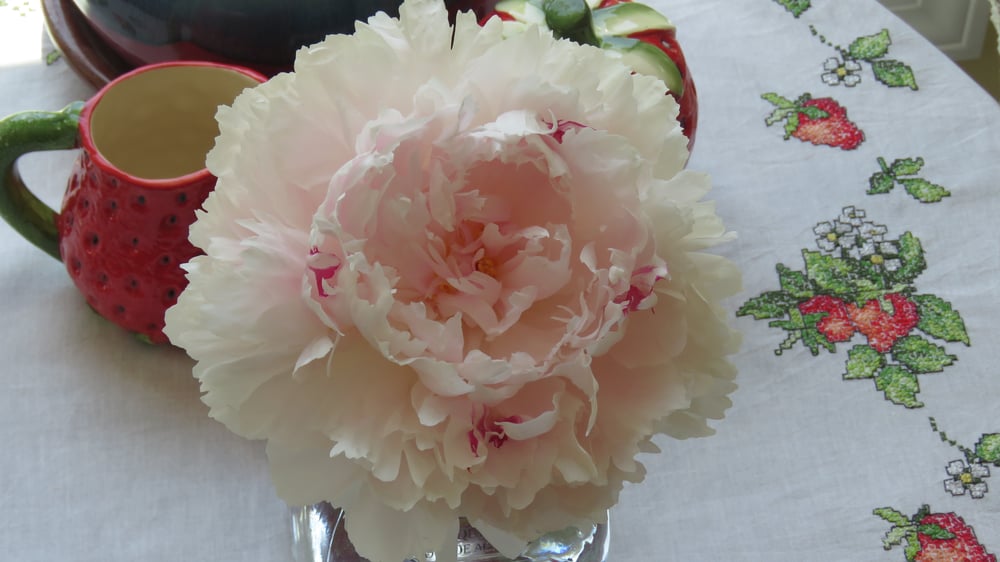
Now you can sit back and enjoy the fruits of your labors.
It really doesn’t take a great amount of effort to have a beautiful yard. The secret is to plan for variety, pace yourself and be persistent in working to surround yourself with the beauty that only ornamentals can provide.


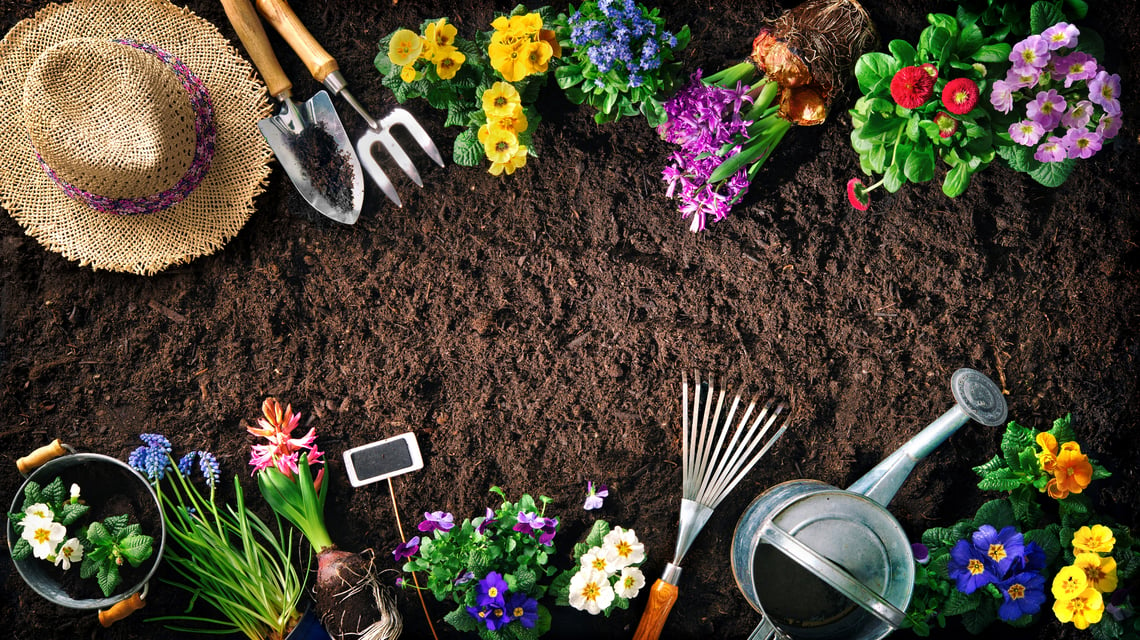

.jpg)
